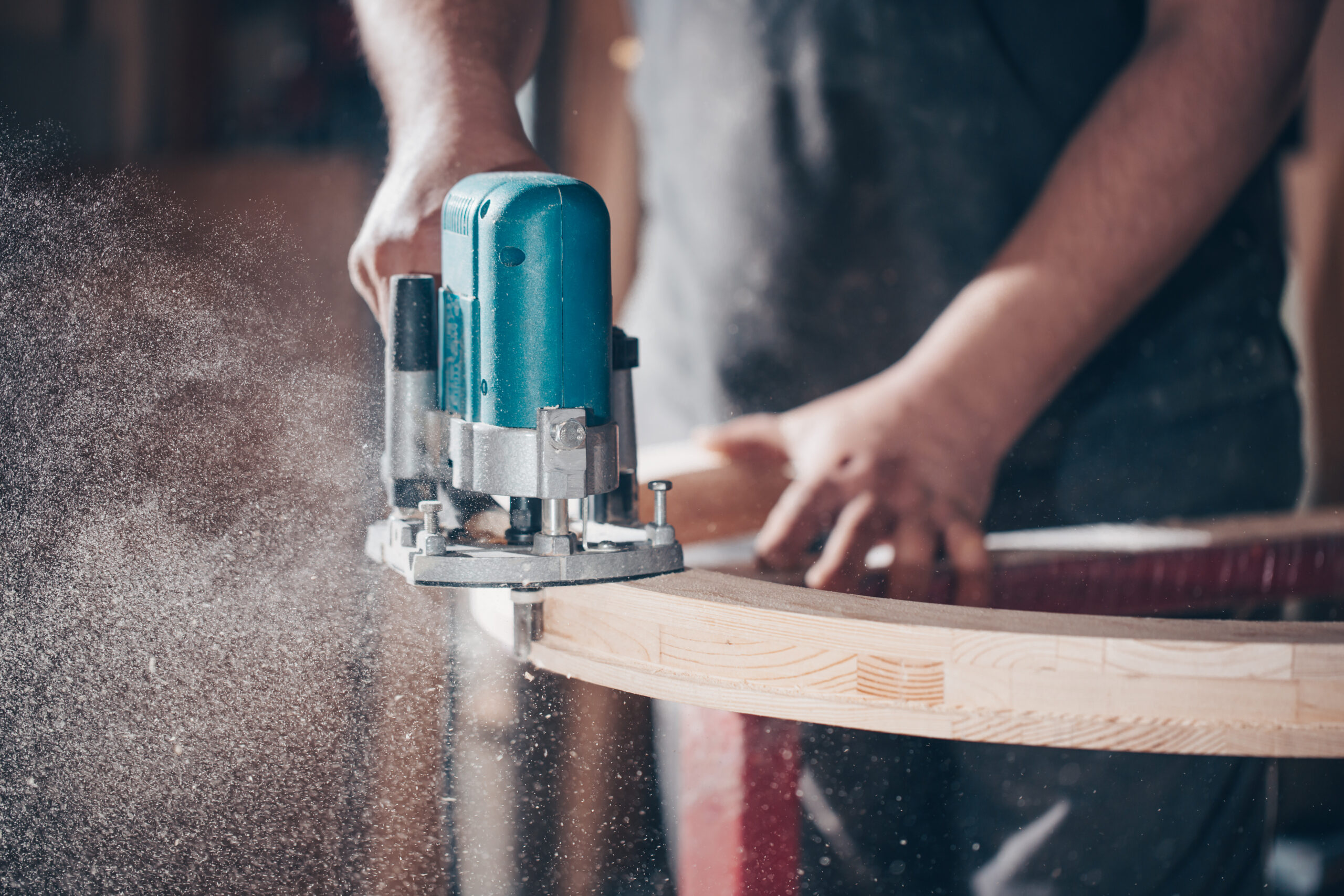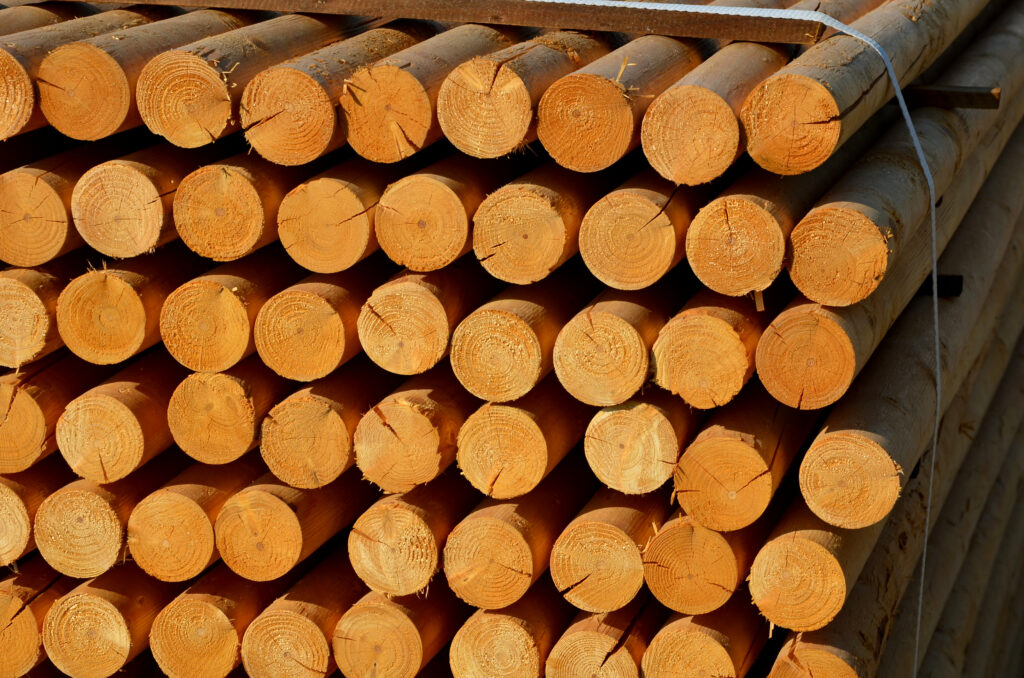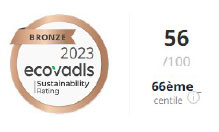
Choosing the wood species depends on its final use. Whether for wooden decks, indoor flooring, or cladding, each application demands wood with different properties. Let’s explore the differences between various types of wood and how to promote their use and adaptability according to the environment.
The most critical constraint to consider is moisture exposure. Woods are categorized into several classes. Here’s a summary table of these classes with the most suitable woods for each use.
Naturally class 3, excluding sapwood
Structures, interior fittings, paneling, carpentry, furniture, outdoor landscaping, decks, pergolas, retaining walls for outdoor landscaping, pathways with landscape sleepers, ...
Good environmental impact, combining the benefits of softwoods and exotic woods. Very resistant and durable, with good availability and extended lifespan if sapwood is excluded.
To be defined according to use.
Naturally class 3 and 4
Structures, interior and exterior fittings, landscape sleepers, joinery, carpentry, flooring, stakes.
Good environmental impact, combining the benefits of softwoods and exotic woods. Extremely resistant outdoors.
No real maintenance required.
Naturally class 2.
Paneling, boards, framing.
Affordable, resistant, easy to work with, beautiful color.
Requires regular cleaning and maintenance if in a humid environment.
Naturally class 2, and class 4 after autoclave treatment.
Interior or exterior fittings with treatment.
Affordable, resistant, easy to work with.
Requires regular cleaning and maintenance.
Class 3
Exterior and interior cladding.
Affordable, resistant, easy to work with, beautiful colors.
Requires regular cleaning and maintenance.
Class 2
Indoor use only.
Requires regular cleaning and maintenance.
Naturally class 4 (Black Locust).
Outdoor landscaping, cladding, stakes, decks, etc.
Naturally resistant, no treatment needed, hence low environmental impact.
No treatment required for a lifespan of 40 years in humid environments, up to 1000 years in dry environments.
The Organization of French Wood Commerce can offer you timber framing and solid wood timber framing components in various wood species :
Sections:
These timber framing woods can be sawn into various sections and lengths :
Standard sections (timber framing cuts in stock according to the species)
Custom cuts (up to 300 mm, maximum length depending on the species)




The Organization of French Wood Commerce offers wooden fence posts and stakes for creating wooden fences in your garden.
For wooden fences made from stakes, we recommend the following wood species:
Our standar products :
Agricultural wooden stakes, unpeeled, pointed
Smooth stakes

secretariat@ocbf-bois.fr
direction@ocbf-bois.fr




Tous droits réserves “OBCF” – 2022. Réalisé par Airmob Digital, groupe Airmob